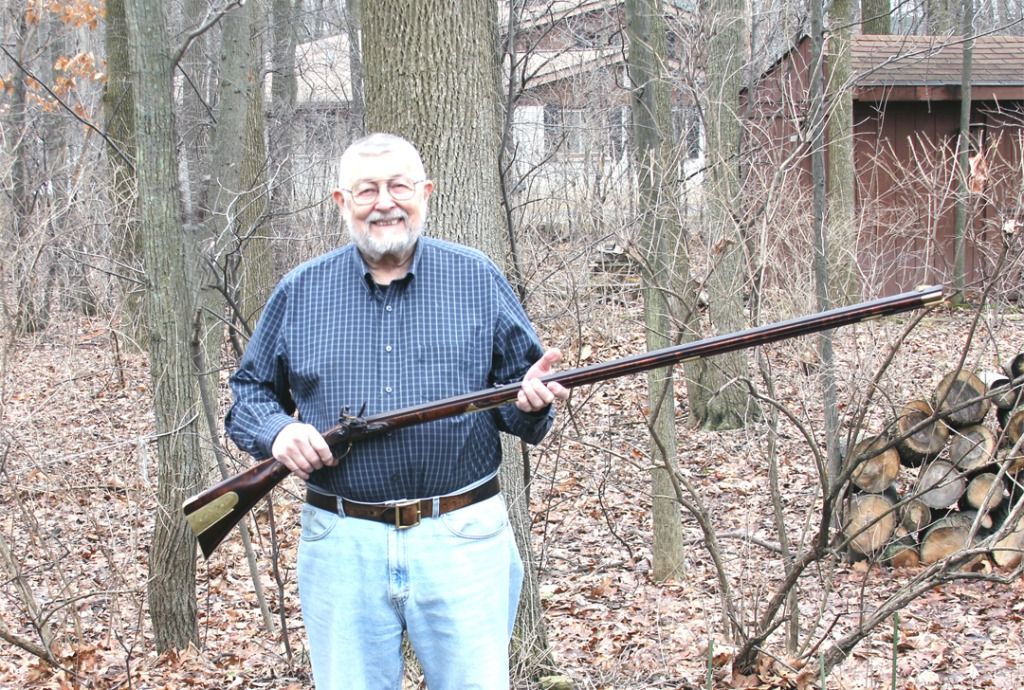When building you have some wiggle room in where you put the entry pipe for the ramrod in relation to the breech (or whatever point you might measure from).
Moving that entry pipe an inch one way or the other can have a dramatic effect on "how the rifle will balance at that point".
When you shoulder a rifle your (supporting) hand will naturally go (near) the entry pipe which is at the transition from rear forestock (which is "fatter") and the front forestock which is thinner (in a full stock rifle) - now whether that is 12, 13 or 14" in front of the breech won't make much of a difference to your hand (unless the reach is extreme relative to the length of your arm), but will effect the "balance point".
Likewise, when building a half-stock the option of using a solid or hollow under-rib can add or remove weight from the front end. That combined with moving the nosecap back or forth an inch either way can produce perfect balance.
So what I generally do is: lay out the rifle on my blank but leave a potential "range" for the transition from upper/lower forestock or nose and when it gets close to actually having to finalize it's location, I check the balance of the rifle "as is".
If I will add a patch box, I move it forward perhaps 1/4" or 1/2" from the balance point and call it good.
It almost always works out.
Despite all that, if it is absolutely muzzle heavy (long straight barrel), you can always add weight to the butt, under the butt plate, after the fact.
In the book, "The Gunsmith of Grenville County" there is a good section on how to find/set the balance point when building a rifle. Explained better that I ever could (as my stumbling above clearly proves

)
A worthwhile book for the starting builder.







